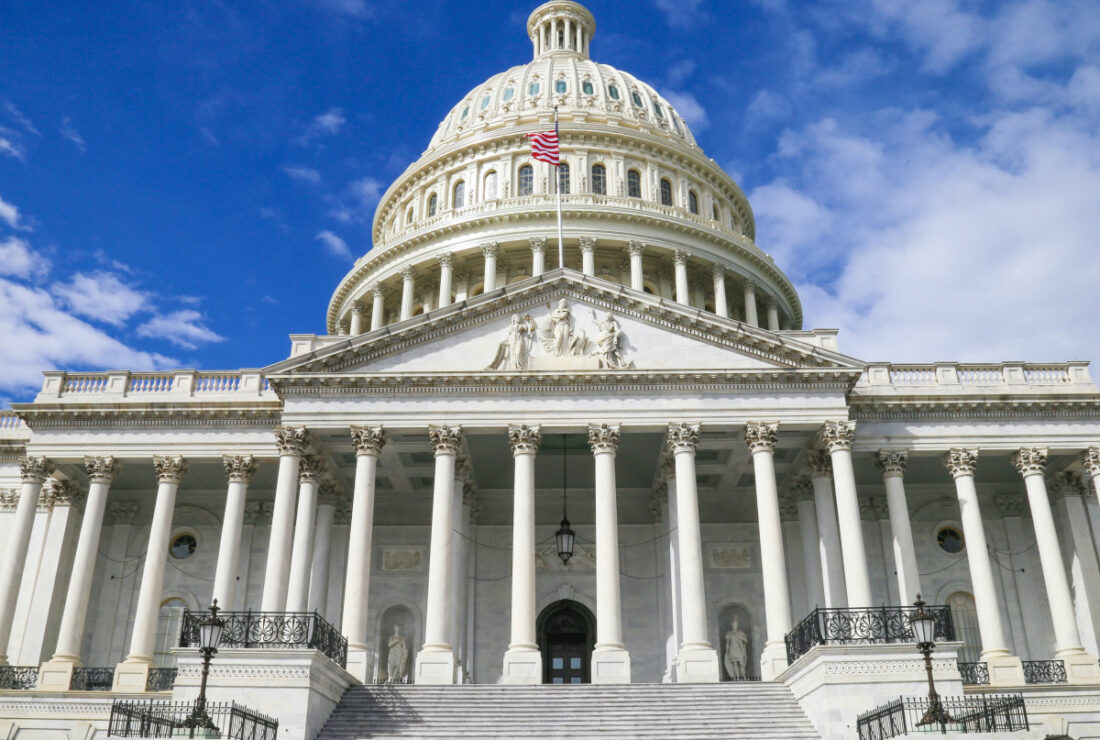
The Major Types of Governments
A government is an entity headed by a government head, usually a president, prime minister or members of other high officials. The term ‘government’ covers any entity governed by a government and includes all the agencies, bureaus, authorities, corporations, institutions and bodies of government within a country. There are different types of government as well. For instance, there is a local government, state government, federal government, regional government, national government and the list can go on. Government at national level comes under political parties in most countries which compete for power through periodic elections.
A government must have power, authority and a structure to function and maintain public order. It is led by elected or chosen officials who constitute the government. Generally, the powers of government must be derived from the consent of the governed through election based parameters. When a country has no government form of elected government, it is referred to as a republic.
Republic governments are ruled through representatives of the people or assemblies elected for specific terms. Majority rule applies in republics, although there is occasional overreaching of power by the legislature through popular acclaim or through the takeover of certain branches by political parties. The checks and balances system in a republic ensure that the elected assembly cannot exceed its mandate. Democratic governments at provincial, regional and national levels result from multiparty voting wherein the winning party wins a majority of seats in the legislature after a plebiscitary election.
The separation of political parties into two distinct categories, namely, republics and democratic republics, is reflective of the nature of governments at the national level. A democratic republic concentrates more on representative democracy, whereas a republic concentrates mostly on constitutional government. In case of a separation, the power of the legislature is divided between two groups representing a minority and majority of the populace. In most federal governments, the power lies with a representative democracy. The principle of representative government can be traced back to the French revolution.
Democratic governments at provincial, regional and national levels are ruled through constitutional monarchies or directly democracy established through a constitutional assembly. Direct democracy refers to a form of government where power resides with the governed through a consultative assembly elected for specific purposes. The principle of consultative assemblies originated in Venice in the 17th century. Italy has been a country with an extensive history of democracy, being the home of the first modern parliament, the Vatican City. Italian governments have been dominated by a number of monarchies over the course of history, each with a unique form of constitution.
Absolute monarchies refer to a form of government where absolute power is possessed by a single body exercising legislative power. The absolute ruler may only be questioned on his executive and judicial authority and not on other parts of his body such as the Monarchy, Grand Master or House of Bourbon. Absolute monarchies are founded on the principle of divine right to rule and the survival of the fittest. In modern times, absolute monarchies are generally hereditary rulers who take the throne after their predecessor dies or passes away. Unlike a democracy, where the rule of a party can be questioned, an absolute monarchy grants its powers to a specified body such as the Council of the Grand Masters.